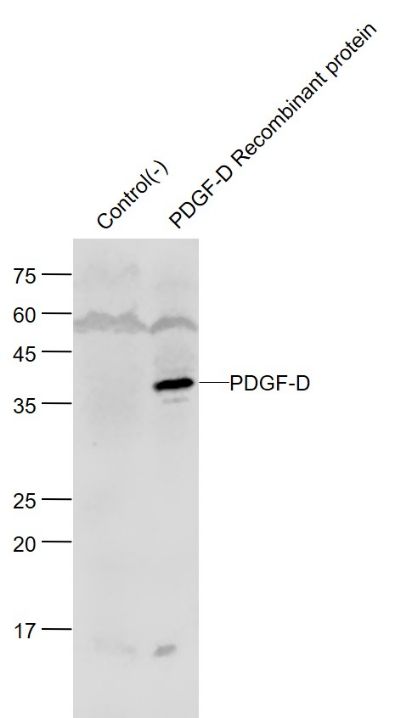Specific References (2) | SL5776R has been referenced in 2 publications.
[IF=2.766] Wang et al. Imatinib attenuates cardiac fibrosis by inhibiting platelet-derived growth factor receptors activation in isoproterenol induced model. (2017) PLoS.One. 12:e0178619 WB ; Mouse.
[IF=3.26] Hurley, Marja M., et al. "Accelerated Fracture Healing in Transgenic Mice Overexpressing an Anabolic Isoform of Fibroblast Growth Factor 2." Journal of Cellular Biochemistry (2015). IHSLCP ; Mouse.
